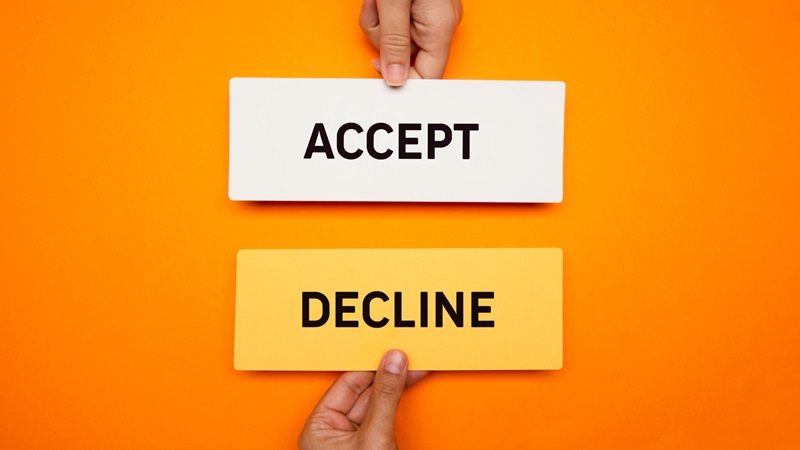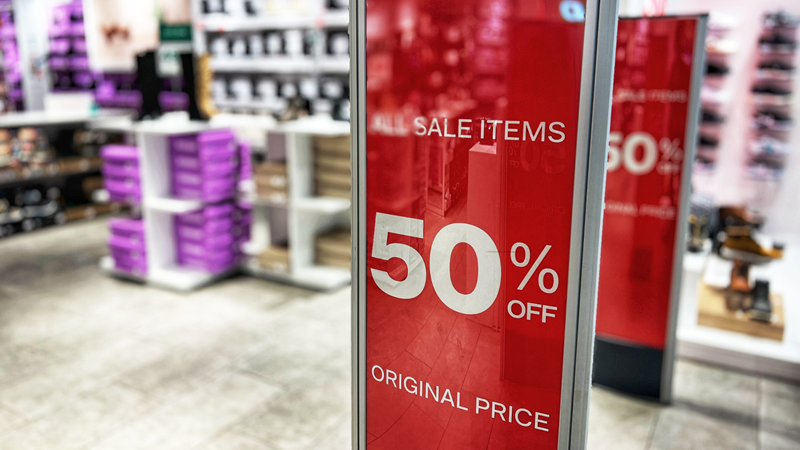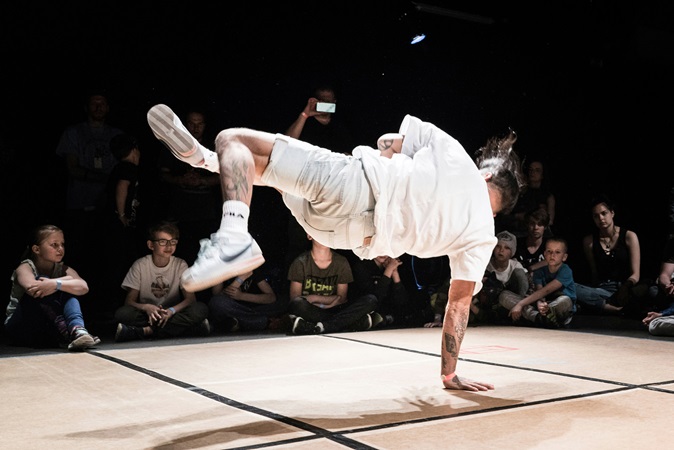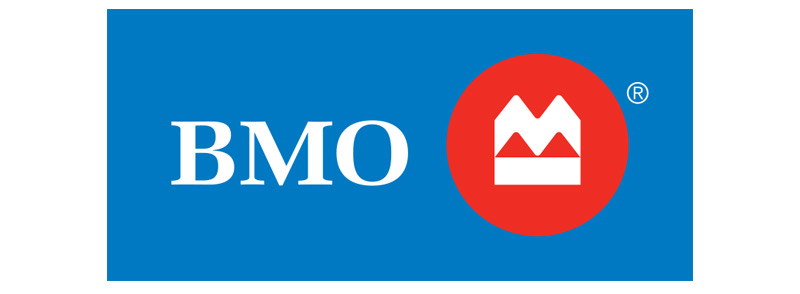From influencers to creators: How partner content marketing is fueled by creativity
The landscape of social media marketing has undergone a significant transformation in recent years, with brands increasingly shifting their focus from traditional influencer partnerships to creator-led marketing strategies. This evolution represents not just a change in terminology, but a fundamental shift in how brands approach content partnerships, audience engagement and creative efficiency. Creator-led marketing not only unlocks platform-native storytelling -it also offers efficient ways to scale content and drive results.
Understanding the shift: Influencers vs. creators
While often used interchangeably, there are distinct differences between influencers and creators that today’s marketers should understand:
Influencer marketing: Audience-first approach
Influencer marketing traditionally focuses on leveraging an individual's audience reach and engagement. These partnerships are primarily valued for their ability to generate awareness and consideration through the influencer's established following.
Creator marketing: Content-first approach
Creator marketing prioritizes content expertise and storytelling ability. Creators are valued for their skill in producing platform-native content that resonates with specific audiences, regardless of their follower count.
This shift to creator marketing is being driven by platform language changes (TikTok, Meta and YouTube now emphasize "creators" over "influencers") and new monetization models that reward content quality over mere reach.
The business case for creator marketing
The data is clear: Consumers, particularly Gen Z and Millennials, are increasingly turning to creators when making purchasing decisions. This trend is likely driven by the increasing time spent on social platforms, where creator content feels more natural and relatable, making consumers more likely to turn to them for product or brand recommendations.
As a result, creator-led marketing is delivering higher ROI for brands compared to traditional digital advertising. In fact, industry leaders are now allocating more than 50 per cent of their marketing budgets to creator-driven efforts, with over half of marketers planning to collaborate with creators this year to tap into the unique value they bring in shaping brand narratives.
During a recent CMA Creativity Council meeting, when sharing details about a recent partnership campaign where creators were leveraged, Council Chair, Lisa Mack noted that, “They were by far our strongest approach in order to effectively engage the audience that we were looking to engage. With their content delivering view-through rates that were in some cases nearly 10 times higher than what our average would be,” reflecting the undeniable creative shift in how brands connect with their audiences.
Recent success stories, such as Gap's collaboration with Julia Heun to co-design the "perfect hoodie," and Cetaphil's global creator strategy partnering with 18 creators across 14 countries, highlight how creator-driven campaigns can foster cultural relevance and deeper audience engagement, reinforcing the power of these partnerships in shaping meaningful brand narratives.
Recommendations for effective campaigns
With this in mind, let’s dive into four key tips for running effective creator campaigns.
1. Have a clear brief, but ditch the script
Give creators key information about your brand without being overly directive. Content that reflects their authentic voice and style tends to perform much better.
2. Find natural hooks
Engaging stories drive viewer interest. Allow creators to stay true to their usual style while subtly weaving in your brand message, rather than forcing a change in approach.
3. Use trends strategically
Choose trends that align with both your brand and the creator. Avoid chasing every viral moment—longer-term trends, like ASMR or duetting, can often be more impactful.
4. Target the right community
Speaking to subcultures relevant to your brand gives you a built-in audience. Communities aren't interchangeable – be strategic about which ones align with your values and objectives.
Navigating challenges in creator partnerships
Despite the opportunities, marketers face several challenges when working with creators:
Brand safety vs. authenticity
Finding the balance between maintaining brand safety and allowing creators enough freedom for authentic content remains difficult. As CMA Creativity Council member, Lisa Mazurkewich, noted during the
Council’s discussion, "You have to acknowledge as a brand team that you are handing over some ownership and control, and making sure you are comfortable with that.”
Internal alignment
There's often a disconnect between what target audiences love and what senior management is comfortable with. Establishing clear KPIs can help take the subjective element out of content evaluation.
Process constraints
Many brands have extensive review processes involving legal, PR and brand teams that limit their ability to act quickly on trends, even with long-term creator partners.
Emerging trends in creator marketing
As the creator marketing landscape continues to evolve, several emerging trends are shaping how brands engage with creators and leverage their reach. Here are five key trends to watch:
1. Long-term strategic partnerships
Brands are involving creators earlier in the creative process, as seen with Youth To The People's approach of having influencers test and provide feedback on new skincare product formulations before becoming campaign faces.
2. Social commerce integration
Platforms are expanding commerce capabilities, shifting from discovery to checkout. Affiliate marketing is growing, with creators earning revenue directly from retail sales they drive.
3. Creator-to-CEO evolution
Successful creators like Tabitha Brown and Mr. Beast are evolving from content producers to full-scale brands with product lines, shows and companies.
4. Democratization of influencer strategy
Brands are moving beyond exclusive influencer gifting to include customers in experiences and events, responding to the "de-influencing" trend and backlash against overly curated content.
5. AI integration
AI is transforming influencer marketing through improved selection, recruiting, content review efficiency and performance data analysis.
Key takeaways for marketing leaders
Marketing leaders should approach creator collaborations with a strategic mindset, ensuring thorough vetting of creators, alignment of goals, and a careful balance between brand control and the authenticity creators bring. The focus should shift from sheer reach to content quality, as the power of creative storytelling holds more value than ever before. Nurturing long-term, trust-based relationships with creators is essential, as these partnerships thrive on mutual respect and creative freedom. At the core of successful collaborations is the creativity that creators infuse into campaigns, offering unique perspectives that resonate deeply with audiences. As CMA Creativity Council Chair, Lisa Mack, aptly noted, “This is how people are continuing to consume content and be influenced. Younger generations, but certainly older generations too – and we’re spending money. So, you can’t ignore the full spectrum of it.” The creativity and realness that creators bring to the table are now key drivers of meaningful connections, positioning them as an indispensable element of any forward-thinking marketing strategy.
Sources:
- Emarketer, Gen Z is more likely than millennials to make online purchases from creators
- Ad Week, Creator Content Leads Marketing ROI With Investment Growing Faster, Up 143% Since 2021
- Marketing Brew, What 2025 has in store for influencer marketing, according to experts
- Digiday, The four trends to watch in the 2025 creator economy
- Forbes, 5 Influencer Marketing Trends Set To Take Off In 2025
Authors:
Ashley Walsh, Advertising Strategy, Capital One
Florencia Wells, Global Business Marketing, TikTok Canada


































